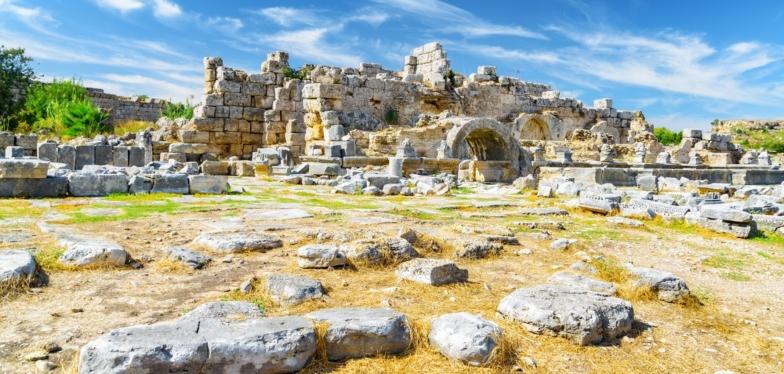Belgians and Greeks make important discoveries in Cyprus
This has been a very successful collaboration between Belgian archaeologists from the University of Ghent and UCLouvain and their Greek counterparts, assisted in their research by the Institute of Cyprus and Vienna. It led to the discovery, on the Cypriot site of Pyla, of a priceless treasure and finally to new information about the mysterious "Sea Peoples".

It is all the more valuable in that these famous "peoples" have never been clearly identified and remain a subject of controversy among specialists. The first references to them are found at Medinet Habu, on the walls of the funerary temple of Ramses III, who defeated the coalition invaders at the start of his reign (1186 to 1154 BC). These battles took place at the end of the Bronze Age (12th century), a time that saw the destruction of many coastal sites of the Mediterranean East, attributed to large-scale migratory movements. The attacks of the 'Sea Peoples', combined with climatic changes, great famines, uprisings and civil wars, contributed to the collapse of the Middle Eastern kingdoms. If the link between the Pyla site and the 'Sea Peoples' can be proven, it is possible that after plundering the surrounding regions, the 'Pylians' temporarily attacked Egypt, where they were finally defeated, prevented from returning to Cyprus by the pharaoh and forcibly resettled in the future Philistia.
In addition to the precious gold, silver and alabaster treasures, often buried in the cellars of simple houses, the discoveries by our archaeologists have made the reconstruction of this troubled period a little more understandable.